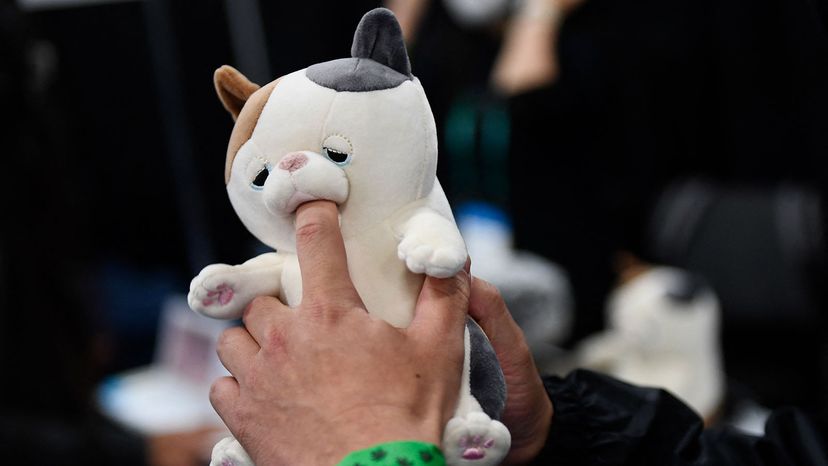Robot Basics

Most robots have movable bodies. Some only have motorized wheels, and others have dozens of movable segments, typically made of metal or plastic. Like the bones in your body, the individual segments are connected together with joints.
Robots spin wheels and pivot jointed segments with some sort of actuator. Some robots use electric motors and solenoids as actuators; some use a hydraulic system; and some use a pneumatic system (a system driven by compressed gases). Robots may use a combination of all these actuator types.
Advertisement
A robot needs a power source to drive these actuators. Most robots either have batteries or plug into the wall. Some may use solar power or fuel cells. Hydraulic robots also need a pump to pressurize the hydraulic fluid, and pneumatic robots need an air compressor or compressed-air tanks.
The actuators are all wired to electrical circuits. The circuits power electrical motors and solenoids directly and activate hydraulic systems by manipulating electrical valves. The valves determine the pressurized fluid's path through the machine. To move a hydraulic leg, for example, the robot's controller would open the valve leading from the fluid pump to a piston cylinder attached to that leg. The pressurized fluid would extend the piston, swiveling the leg forward. Typically, in order to move their segments in two directions, robots use pistons that can push both ways.
The robot's computer controls everything attached to the circuits. To move the robot, the computer switches on all the necessary motors and valves. Many robots are reprogrammable — to change the robot's behavior, you update or change the software that gives the robot its instructions.
Not all robots have sensory systems, and few can see, hear, smell or taste. The most common robotic sense is the sense of movement — the robot's ability to monitor its own motion. One way to do this is to use a laser on the bottom of the robot to illuminate the floor while a camera measures the distance and speed traveled. This is the same basic system used in computer mice. Roomba vacuums use infrared light to detect objects in their path and photoelectric cells measure changes in light.
These are the basic nuts and bolts of robotics. Roboticists can combine these elements in an infinite number of ways to create robots of unlimited complexity.